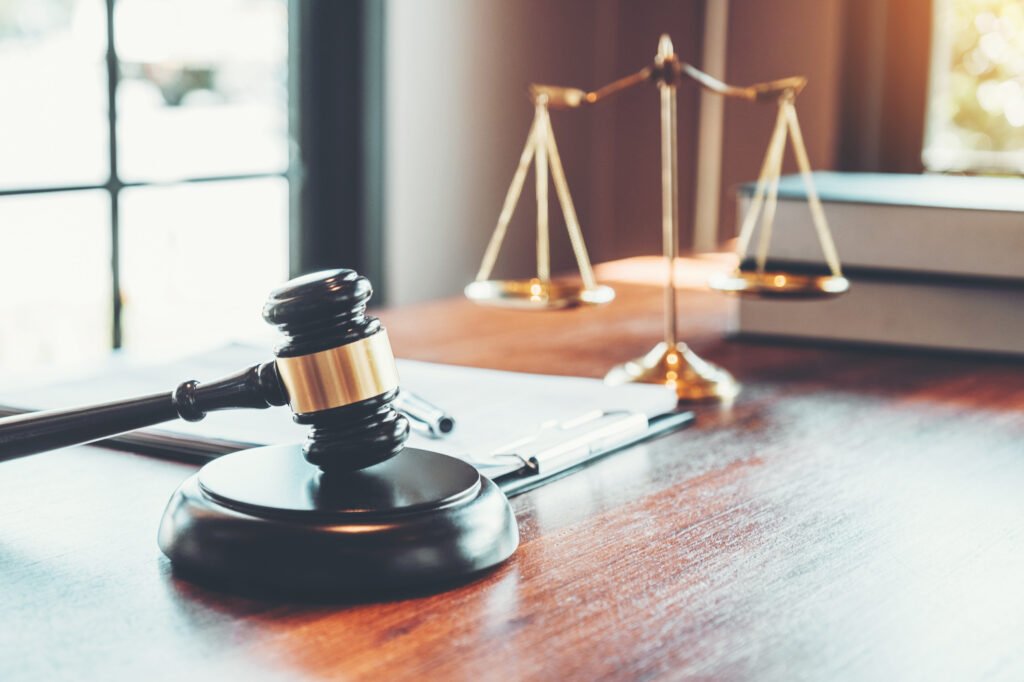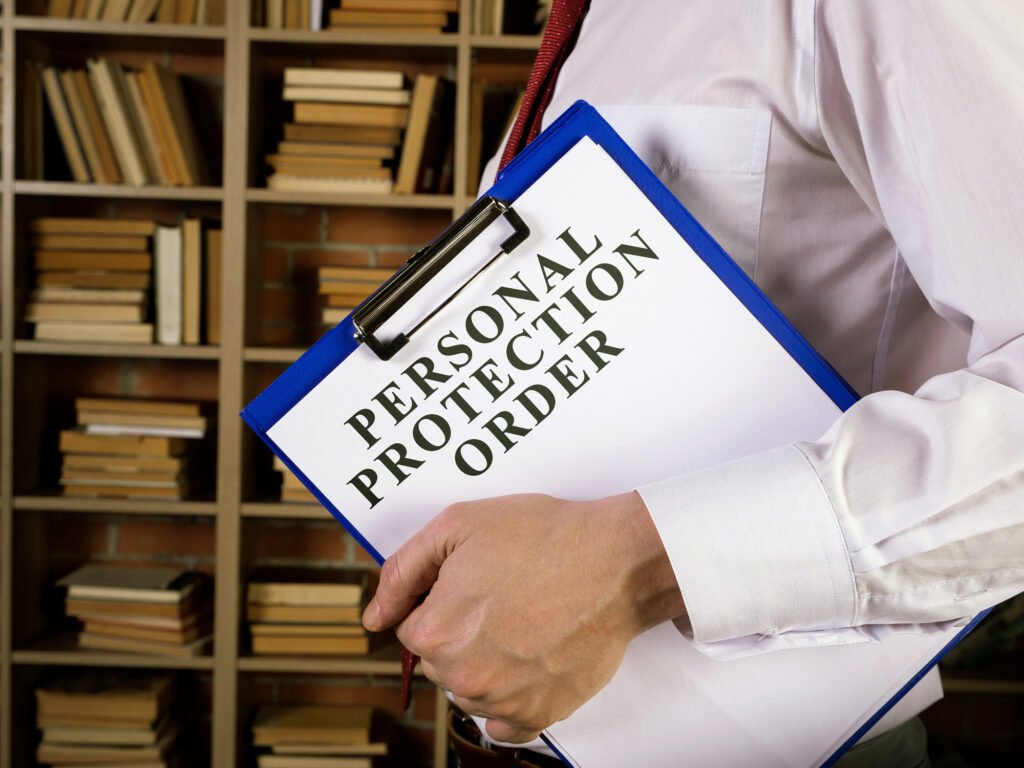Understanding Protection Orders: A Comprehensive Guide

lawyers legal services Consulting in regard to the various contracts to plan the case in court.
Protection orders, also known as restraining orders, are court-issued legal documents that protect individuals or groups from harassment, stalking, or abuse. These orders are crucial when someone fears for their safety due to another person’s actions or threats. Understanding the intricacies of protection orders is essential for potential petitioners and respondents.
Continue reading to learn more about protection orders.
What Is A Protection Order?
A protection order, also known as a restraining order, is a judicial directive designed to protect individuals from threats, harassment, abuse/violence, or stalking. Issued by a court, this order legally restricts the actions of a person identified as a threat, aiming to prevent further harm to the petitioner. These orders typically include provisions such as barring the respondent from contacting, approaching, or being close to the petitioner.
The scope of these documents extends to various interactions, including physical, electronic, or telephonic communication. The court tailors the terms of each order to address the specific safety concerns and circumstances of the petitioner, offering a personalized shield against potential threats.
Types Of Protection Orders
Now that we understand what a protection order is, let’s explore the different types available. Some of the most common include:
- Emergency Protection Orders (EPOs): These are issued in urgent situations and often without the respondent’s presence. These are short-term orders meant to provide immediate protection.
- Temporary Protection Orders (TPOs): These are granted for a limited period, usually until a full court hearing can take place.
- Final Protection Orders: These are issued after a court hearing where both parties can present their case. These orders are more permanent, often lasting several years.
Knowing the types of protection orders available empowers individuals to take action against abuse or threats of harm. It enables them to seek legal remedies to safeguard their safety and well-being.
But aside from the ones mentioned above, there are other types of protection orders to consider, depending on the situation. For instance, an Apprehended Violence Order (AVO) is a type of protection order specifically designed to protect individuals from violence. For a more in-depth understanding of this legal document, an article on AVO legislation may offer valuable insights.
The Process Of Obtaining A Protection Order
The process of obtaining a protection order, although varying slightly by jurisdiction, generally follows these steps:
- Filing the Petition: The first step involves the petitioner filing a formal request with the local court. This request must detail the reasons for seeking the order, including specific instances of threat, harassment, or abuse. The petitioner may be required to provide evidence or documentation, including witness testimonies and those provided by a private investigator, if there’s one, to support their claims.
- Review by a Judge: Upon receiving the petition, a judge reviews the details to assess the immediacy and severity of the threat. A temporary protection order may be granted if the judge deems it necessary. This temporary order provides immediate but short-term protection until a full court hearing is conducted.
- Order Service: The respondent is formally served with the order and informed about the upcoming court hearing. This step ensures that the respondent is aware of the allegations and the temporary restrictions placed against them.
- Court Hearing: A scheduled court hearing allows both parties to present their cases. The petitioner and respondent may provide evidence, witness testimonies, and legal arguments. Following the hearing, the judge deliberates and decides whether to issue a final protection order, which typically offers longer-term safety measures and may include specific conditions tailored to the situation.
Each step in this process is crucial in ensuring that these legal documents are granted appropriately and that the rights of both the petitioner and respondent are considered.

Rights And Limitations Under Protection Orders
Under protection orders, the rights and limitations are distinctly defined to ensure the petitioner’s safety and uphold the respondent’s legal obligations. First, the rights of the petitioner include:
- The order primarily includes provisions to ensure the petitioner’s safety and well-being.
- The order may also include specific guidelines regarding communication, barring the respondent from making any contact, whether directly or indirectly, through phone, email, social media, or through third parties.
- The order is legally binding, and any violation by the respondent constitutes legal infringement.
- Violations can lead to various legal consequences, including but not limited to arrest, criminal charges, and potential conviction, depending on the severity and nature of the violation.
- The petitioner has the right to report any breaches of the order to law enforcement, triggering legal proceedings against the respondent.
On the other hand, the limitations for the respondent include:
- The respondent must adhere to the order’s terms, typically including restrictions on contacting or approaching the petitioner.
- This restriction is comprehensive and includes all forms of communication and physical proximity.
- The intent is to prevent any form of intimidation, harassment, or potential harm to the petitioner.
- Non-compliance with the terms of the protection order is a serious offense and can lead to criminal charges.
- The consequences of violating a protection order can range from fines and mandatory counseling to imprisonment, depending on the jurisdiction and the severity of the violation.
- In addition, such violations can adversely affect the respondent in related legal proceedings, such as custody battles or divorce proceedings.
These rights and limitations are key to the efficacy of protection orders, ensuring protection from harm and holding respondents accountable.
Wrapping Up
Protection orders serve as a vital tool in safeguarding individuals from harm. By keeping the information mentioned above in mind, the parties involved can navigate the situation more effectively. Also, it’s always advisable to consult legal professionals and support services for guidance and support in these matters.
Also read – Mated In The Shadow Of My Sister Novel
Destinies of The Soul Dr Ludovic Summary








